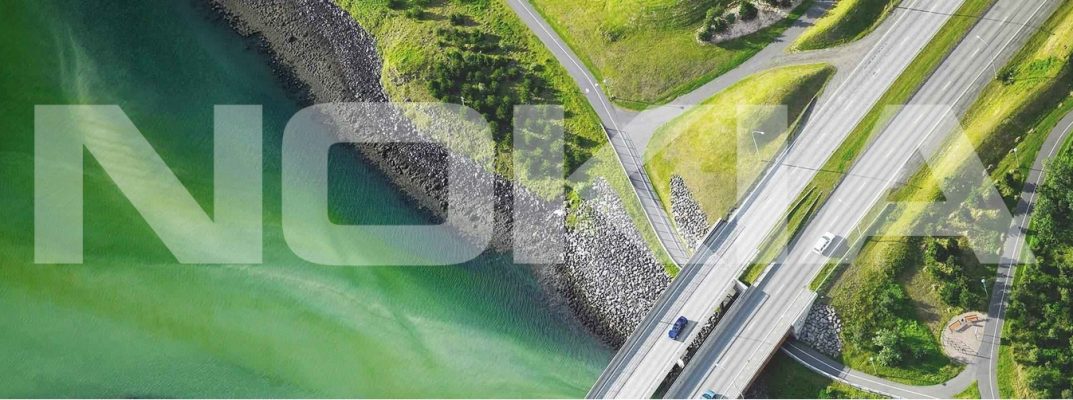Nokia has successfully carried out the world’s first connection based on the 5GTF ‘pre-standard’, marking a further milestone in Nokia’s momentum to make 5G a commercial reality. The test adds another key component to the development of 5G and the implementation of the first 5G applications, demonstrating the ability to provide fast pace implementation according to early standards including device interoperability.
Nokia is playing a leading role in defining the path to 5G. At the end of last year it introduced 4.5G Pro and announced plans for 4.9G, providing operators with the critical increases to capacity and speed that will be needed for future 5G operations. The world’s first 5G connection, which took place in a laboratory environment in Oulu, Finland, on 23 December, used the 5GTF (Verizon 5G Technology Forum) draft specification and was made possible by Nokia’s commercially available 5G-ready AirScale radio access with the Nokia AirFrame data center platform running on Intel architecture, together with the Intel® 5G mobile trial platform as an end-user device.
Data transmission on a 5G network is a significant milestone in the commercialization of the new wireless 5G technology, and indeed in the cross-industry efforts being made by all players in the 5G ecosystem to standardize all aspects of 5G ahead of full commercial service launches expected to begin in 2020 on 3GPP NR.
The 5G connection marks yet another Nokia contribution to the evolution of communications: the first GSM call was made in Finland more than 20 years ago using a network built by Nokia. This tradition continued with the world’s first 3G voice call, on a commercial 3GPP system in Finland in 2001, and then with the world’s first LTE call via commercial software in Germany in 2009.
Harold Graham, head of the 5G Business Line in Mobile Networks at Nokia, said: “This first 5G connection is a true landmark for the telecommunications industry, and yet another mark of Nokia’s capabilities in 5G. With its low latency and significant capacity and speed increases, 5G will deliver a variety of new and innovative applications, and Nokia is playing leading roles in all aspects of the total 5G proposition. This ‘first’ highlights our commitment to being on the front line in providing our customers 5G-ready technologies so that they can seize early market opportunities by building 5G-enabled applications.”
About the solution used in the test
-
Nokia AirScale radio access, BTS with system module and radio unit running early 5G software, with 100 MHz frequency band on 28 GHz
-
Nokia AirFrame data center solution
-
Intel 5G mobile trial platform designed to support sub-6GHz and mmWave 5G Bands
-
2 or 4 layer MIMO
-
Up to 800MHz channel bandwidth
-
Designed to support all pre-standard specifications trending to a common 3GPP NR standard
-
-
Video streaming over the air to the device
Did you know?
-
Nokia and Intel are leveraging their mutual technology investments in 5G end-to-end architecture to collaborate with service providers across the world and accelerate the development of 5G solutions.
-
Nokia collaborates with leading universities in Europe, the USA and China to make 5G technologies as viable and future-proof as possible. It also runs several 5G-related industry projects in Europe, chairs the 5G-PPP association and is running 5G innovation projects with major operators including China Mobile, NTT DOCOMO, Korea Telecom, SK Telecom, Deutsche Telekom, Vodafone and Verizon Wireless.
-
According to an IHS Global Service Provider Survey in August 2016, Nokia Is perceived as the top vendor in 5G research and development.
Resources
-
Web Page: 5G – Creating a new era of communication
-
Infographic: 5 Keys to 5G
-
White Paper: 5G Radio Access White Paper
-
White Paper: 5G Network Slicing
-
Web Page: Nokia AirScale Radio Access
-
Web Page: Nokia AirFrame Data Center Solution



















